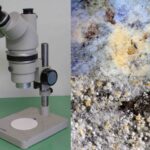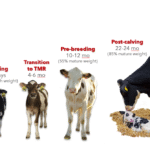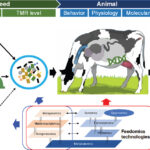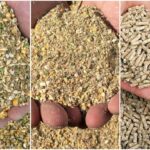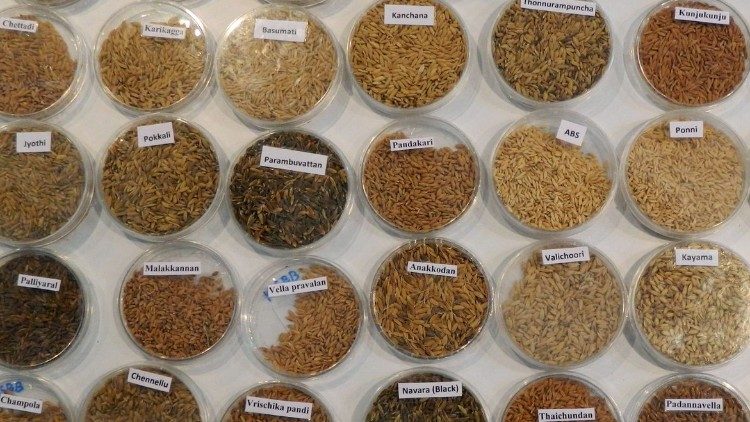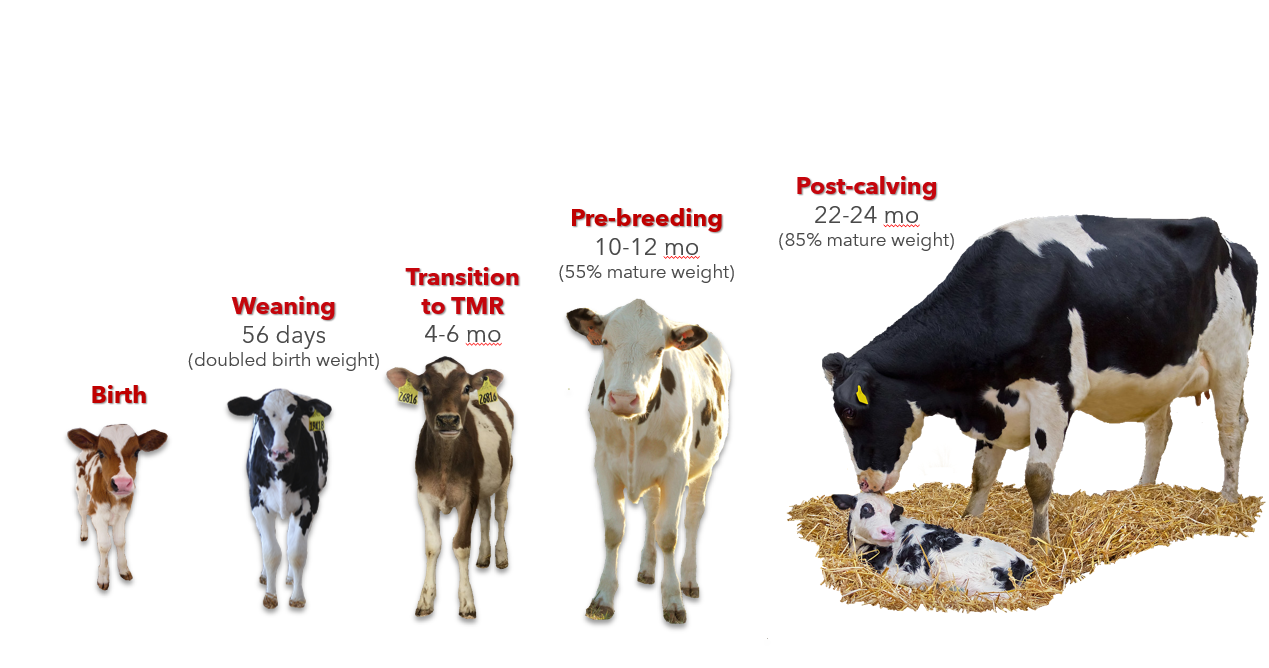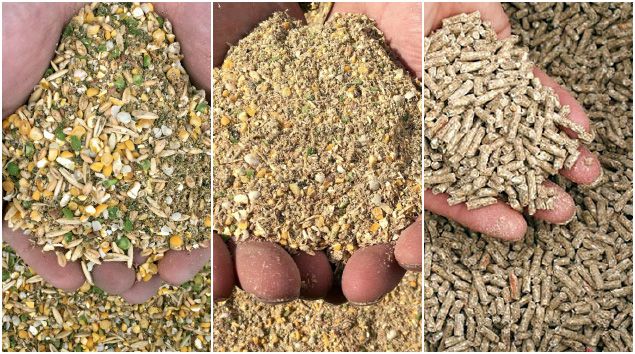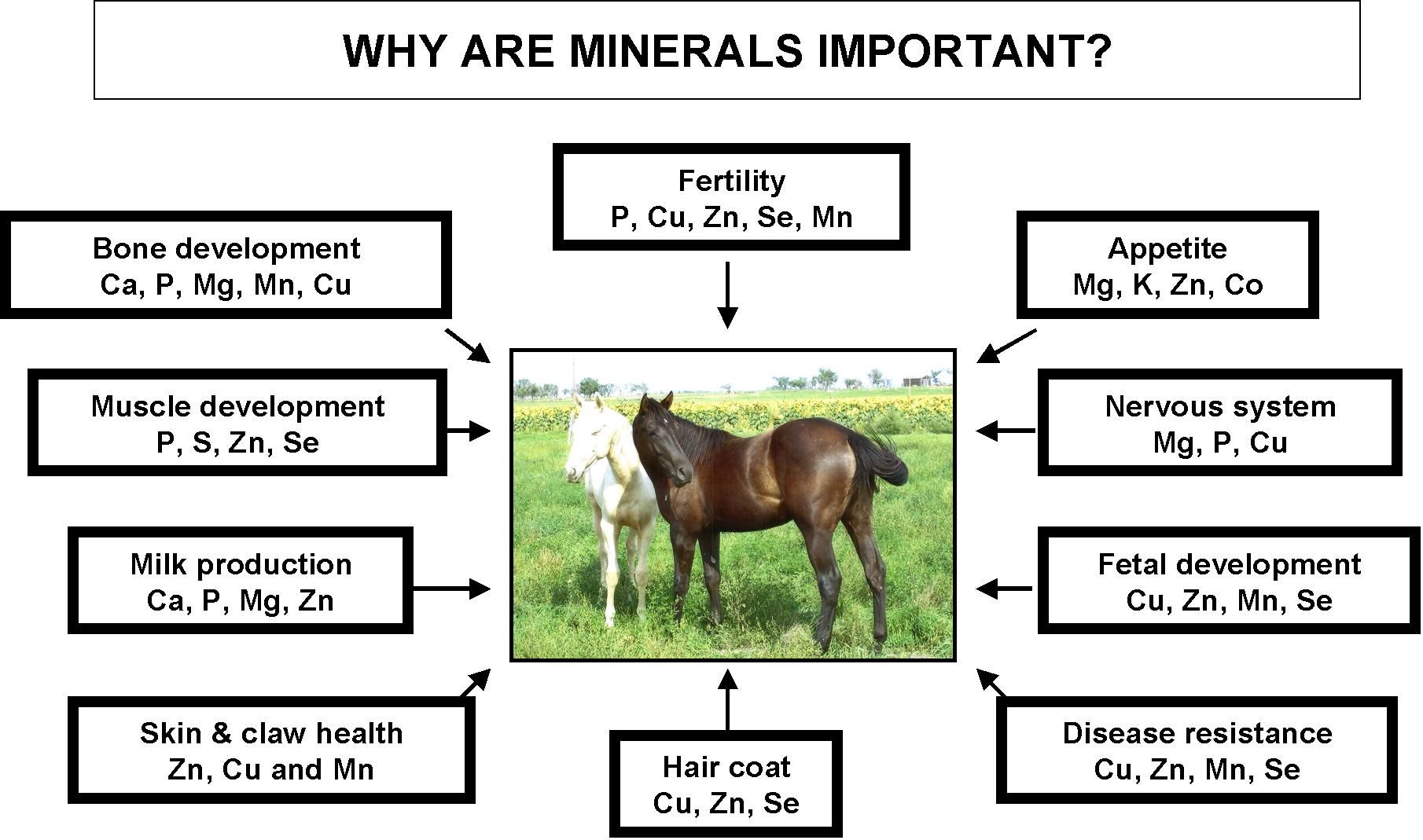Sample preparation and handling are critical steps in laboratory analysis, as they directly impact the accuracy and reliability of the results. Proper handling ensures that the samples are not contaminated, degraded, or altered before analysis. Here are some general guidelines for sample preparation and handling in laboratory analysis:
Thank you for reading. Don't forget to subscribe & share!
1. Sample Collection:
- Representative Sampling: Collect samples that accurately represent the entire lot or population. Random sampling techniques should be employed to avoid bias.
- Sample Containers: Use clean, sterile containers made of appropriate materials (such as glass or plastic) for specific analyses. Avoid containers with contaminants relevant to the analysis.
- Preservation: Some samples require preservation to prevent changes before analysis. For instance, adding preservatives or storing samples at low temperatures can prevent bacterial growth or chemical reactions.
2. Sample Preparation:
- Homogenization: Ensure samples are homogenized thoroughly to eliminate inconsistencies. Techniques like grinding or blending are often used depending on the sample type.
- Dilution: If the sample is too concentrated, dilute it with a suitable solvent. The dilution factor should be noted for calculations.
- Filtration: Remove particulate matter or impurities by filtering the sample if necessary. Use appropriate filter materials and pore sizes based on the sample characteristics.
- Digestion: For certain analyses, especially in environmental and biological samples, digestion might be necessary to break down complex matrices for accurate measurement.
3. Sample Storage:
- Temperature: Store samples at the appropriate temperature. Some samples require refrigeration, freezing, or room temperature storage. Follow specific storage requirements to prevent degradation.
- Labeling: Clearly label each sample container with essential information such as sample ID, date and time of collection, type of analysis required, and any other relevant details.
- Security: Store samples securely to prevent tampering or contamination. Restricted access to the storage area is often necessary.
4. Transportation:
- Proper Packaging: Pack samples securely to prevent breakage or leakage during transportation. Use secondary containers and cushioning materials when necessary.
- Temperature Control: Use insulated containers or ice packs to maintain the required temperature during transportation, especially for samples that need refrigeration or freezing.
5. Documentation:
- Record Keeping: Maintain detailed records of sample collection, preparation, and storage conditions. Accurate documentation is essential for traceability and quality control.
- Chain of Custody: Establish a chain of custody document to track the sample from collection to analysis. This document includes details about who collected the sample, who handled it, and when it was transferred.
6. Safety Precautions:
- Personal Protective Equipment (PPE): Use appropriate PPE, such as gloves and lab coats, to prevent contamination of samples and ensure the safety of personnel handling the samples.
- Handling Hazardous Materials: If the samples are hazardous, follow all safety protocols and regulations for handling, transportation, and disposal.


